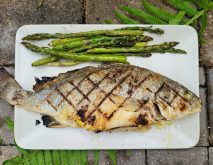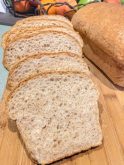U.S. agricultural exports to Cuba declined six per cent last year on top of a 31 per cent decline in 2010 as the Communist-led island’s financial woes continued and it turned elsewhere to buy food, a trade group said Feb. 22.
Cuba, which imports most of its food, gets chicken, corn, soy, wheat, pork and other products from the United States.
Cuba’s food imports topped $1.5 billion in 2011, the government has reported.
U.S. sales to Cuba have dropped by just over 50 per cent since hitting a peak of $710 million in 2008, the New York-based U.S.-Cuba Trade and Economic Council said in a report.
Read Also

CUSMA access key among other trade noise: Seeds Canada panel
Seeds Canada conference panelists say Canada needs to stay focused and wait as U.S. trade and tariff chaos develops, and a Canada-U.S.-Mexico Agreement review looms
The trade council said the reasons for the decline were largely economic and not political and included Cuba’s lack of foreign currency and better financial terms being offered by a host of countries from Canada, Brazil and Vietnam to Russia and France.
Cuban President Raul Castro, soon after taking over for his brother Fidel in 2008, introduced austerity measures, including significant cuts in imports, in an effort to overcome the country’s chronic financial problems.
Cuba imports between 60 per cent and 70 per cent of the food it consumes and Castro has prioritized agricultural reform to increase domestic food production.
The United States has a 50-year-old trade embargo against its longtime ideological enemy that prohibits most business between them, but exemptions are made for agricultural products and medicine for cash.
Despite the embargo, the United States, located just 90 miles (145 km) to the north, has been one of Cuba’s top 10 trading partners for a number of years. Cuba also ranks as one of the top 50 U.S. agricultural export markets.


















